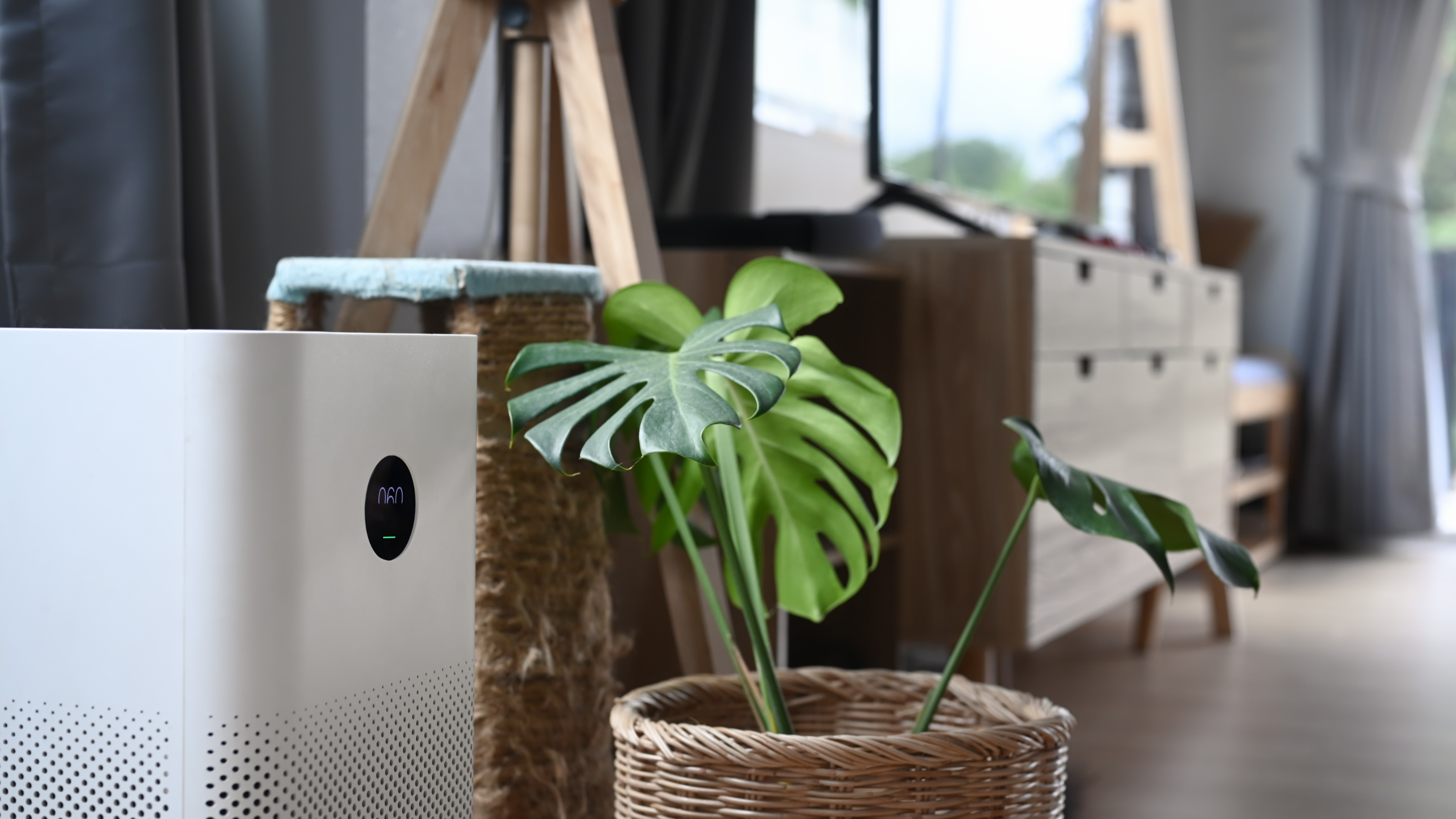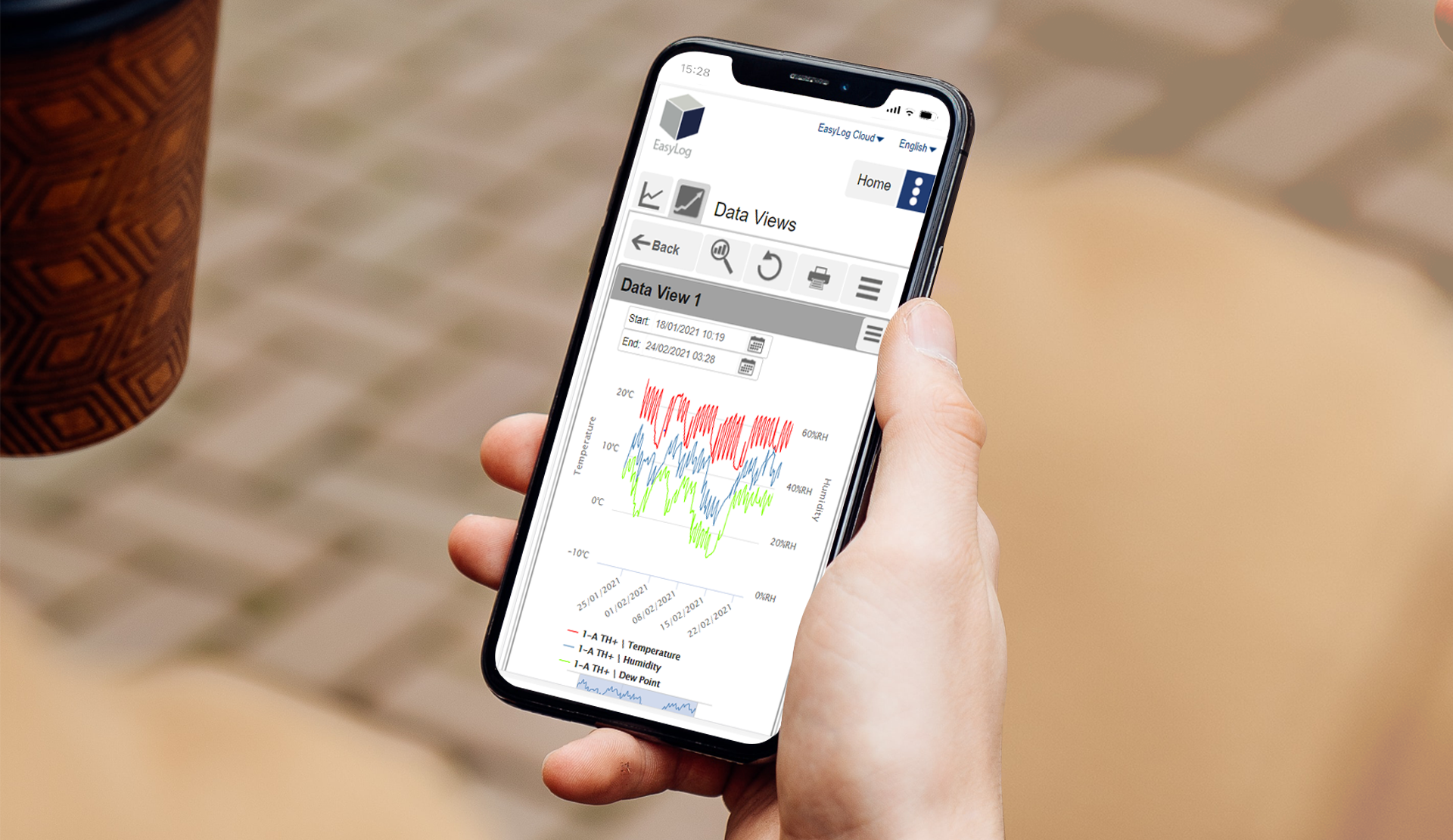Selecting the Optimal Indoor Air Quality Monitor
In an era of heightened concerns regarding the health implications of air pollution, the accurate and reliable collection of Indoor Air Quality (IAQ) data has become an imperative. The choice of an appropriate Indoor Air Quality monitor assumes critical importance, equipped with the capability to provide valuable insights into pollutant levels such as particulate matter, volatile organic compounds (VOCs), carbon dioxide (CO2), and humidity. This judicious selection empowers individuals to proactively enhance air quality, safeguarding their well-being. However, amidst the myriad of options available on the market, identifying the most suitable IAQ monitor can pose a formidable challenge.
This comprehensive article endeavours to guide you through the process of selecting the optimal Indoor Air Quality monitor. Emphasis is placed on crucial factors such as sensor accuracy, monitoring capabilities, data interpretation, user convenience, and budgetary considerations. An understanding of these pivotal elements enables you to make well-informed decisions and take proactive measures towards ensuring clean, healthy indoor air for both you and those in your care.

Understanding the Essence of an Indoor Air Quality Monitor
Indoor air quality (IAQ) monitors serve as indispensable tools, continually assessing and evaluating the quality of air within enclosed spaces such as homes, workplaces, schools, and other premises. These monitors rely on sensors to detect and quantify various contaminants and factors that impact the air we breathe. While monitoring a range of parameters, the focus primarily lies on Particulate Matter (PM), VOCs, Carbon Dioxide, Humidity, Temperature, and occasionally Formaldehyde and Radon levels. By continuously tracking these variables, IAQ monitors provide real-time information on air quality within specific areas.
Armed with this wealth of knowledge, individuals can identify potential air quality issues, such as elevated pollution levels or inadequate ventilation, and take the necessary steps to mitigate them. IAQ monitors play a vital role in promoting healthier indoor environments, enabling users to make informed decisions regarding ventilation, filtration, and other measures aimed at enhancing air quality and overall well-being.
The Importance of Testing Indoor Air Quality
Numerous aspects highlight how important testing for indoor air quality is. Foremost, the quality of indoor air has a direct impact on our health and well-being. Substandard air quality can give rise to various health problems, including respiratory diseases, allergies, asthma, and even more serious ailments. Monitoring indoor air quality empowers us to identify potential pollutants and contaminants, facilitating proactive measures to improve air quality, such as adjusting ventilation, installing air purifiers, or addressing specific pollution sources. Moreover, IAQ monitoring provides valuable data for regulatory compliance, ensuring that buildings and spaces meet health and safety regulations. Regular testing also allows for the evaluation of the effectiveness of implemented mitigation techniques and ensures ongoing monitoring of air quality for the well-being and comfort of occupants.

Essential Features to Consider in an Air Quality Monitor
When selecting an IAQ monitor, several key features merit consideration:
Unwavering Accuracy: Employ the use of monitors equipped with sensors that deliver consistent and precise measurements, closely aligning with the actual values of the pollutants being monitored.
Comprehensive Parameter Monitoring: An ideal monitor should possess the capability to measure and track multiple parameters simultaneously, allowing for a comprehensive assessment of indoor air quality.
Real-Time Data and Timely Alerts: Immediate access to real-time information and timely alerts enables users to promptly respond to air quality concerns.
Data Logging and Reporting: Monitors with data logging capabilities facilitate the collection, storage, and analysis of air quality data over time, enabling trend identification and assessment of air quality improvement measures. The ability to generate comprehensive reports summarising the collected data provides a clear overview of air quality trends and any concerns.
User-Friendly Interface: An intuitive and user-friendly interface is pivotal, enabling users to easily access real-time data, adjust settings, and view records. A well-designed interface presents air quality indicators clearly through graphs, charts, or color-coded displays, facilitating swift comprehension of the air quality status. The inclusion of customisable features allows users to tailor monitoring settings and define alarm levels, aiding data analysis and informed decision-making.
Seamless Connectivity: Contemporary IAQ monitors often offer Wi-Fi or Bluetooth connectivity, allowing for remote management and real-time data access via smartphones, tablets, or other connected devices. This connectivity fosters the convenience of monitoring air quality from any location, receiving prompt alerts, and reviewing historical data. Integration with smart home systems enables automation and synchronisation with devices such as air purifiers and thermostats. Enhanced connectivity also unlocks advanced capabilities, including personalised recommendations, data analysis, and the option to share air quality data with experts or the public.
Calibration and Maintenance: Regular calibration ensures that the monitor provides accurate and consistent measurements over time. Adhering to manufacturer-recommended maintenance practices, including cleaning, sensor checks, and necessary repairs or replacements, ensures the monitor remains reliable and effective. Calibration and maintenance are vital for preserving the accuracy and dependability of air quality data.

FilesThruTheAir: Introducing the Best Air Quality Monitors
The quest for a healthy and pleasant home or work environment hinges on selecting the perfect indoor air quality monitor. FilesThruTheAir's air quality monitors embody the essence of excellence, encompassing all the essential components for effective air quality monitoring and improvement. With their accurate sensors, capability for monitoring multiple parameters, real-time alerts, data logging functionality, user-friendly interfaces, connectivity options, and calibration capabilities, FilesThruTheAir's IAQ monitors with EasyLog Cloud connectivity are the perfect choice for a wide range of indoor air monitoring applications. By choosing FilesThruTheAir, you can take control of your indoor air quality, make data-driven decisions, and transform your surroundings into havens of well-being.
